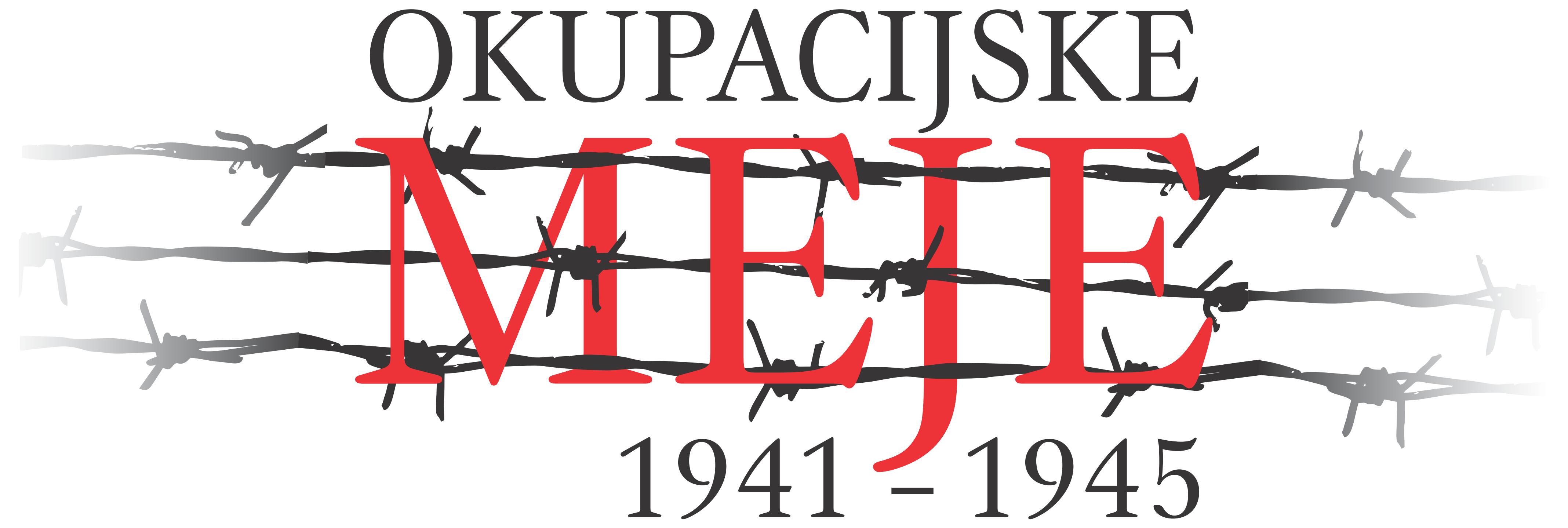Menu
- Cover Page
- Colophon
- TOCs
- About
- Exhibitions
- Boundary Stones, Barbed Wire, Watchtowers and
Minefields
- Make This Country German ... Italian ... Hungarian ... Croatian! Role of Occupation Borders in the Denationalisation Policy and in the Lives of Slovene Population
- Occupation of Slovenia in 1941
- Borderlands and Characteristics of the Occupation Border in Slovenia
- Diplomatic Demarcation of Borders
- Border between Germany and the NDH – Reich’s Southern Border
- Occupation Border in Bela krajina 1941–1945
- Occupation Border between Germany and Italy in the Dolenjska Region
- Occupation Border in the High Mountain Range of the Julian Alps
- Ljubljana – Border City Enclosed by Wire
- Prekmurje during Occupation
- Over Polhov Gradec Hills to Ljubljana
- Tripoints
- Rogaška Slatina as a border town of the Third Reich
1941-1945
- Occupation Zone Lower Styria
- Rogaška Slatina in Wartime
- Germanisation
- School during the War and the (Joint) Use of School Buildings
- Life along the Border
- Fortification of the Reich's Southern Border in 1944
- Memories of Wartime and the Border
- On the Burning of Slovene Books
- Oppression of the Slovene Language
- Food Shortage and Smuggling
- Smuggling
- “Švercanje” (Smuggling)
- On Moving the Border
- Croatians Wanting to Enter the Reich
- Border Protection
- Fortification of the Border in 1941
- Wire at the Border
- Placing Mines and Wire
- View of an Impassable Border
- Mining of the Border in 1941
- Crossing the Border
- How a Mine Killed My Uncle
- Watchtowers
- Fortification of the Border
- Removing the Wire after the War for Home Use
- Soldiers Clearing the Border and Singing Partisan Songs
- Picking up Mines after the War
- Mines after 1945
- Father Removing Mines from a Field Using Harrows
- Idrija and Žiri as borderland, 1941–1945.
- We will win We will see
- Occupation
- Italian and Anti-Communist Volunteer Militia (MVAC) Posts in Bela krajina and Partisan Intelligence Activities
- Italian Project of Closing the Border with the Independent State of Croatia
- Italians are still stringing the wire
- »We, the partisans, didn't recognise the border«
- »Send me bread if you ever want to see me alive again.«
- Liberated territory and enemy incursions
- Zilje at the Crossroads of War
- Occupied Ljubljana: a city at the border
- Defiant Ljubljana
- Administrative division of the city
- Kašelj Hill
- Border fortification and border crossings
- Border crossings
- Liberation of Ljubljana
- Ljubljana enclosed by wire
- German occupation of Ljubljana and fortification of the city
- An overview of the vast surroundings is of strategic importance
- During World War II and today
- Due to the border, the Germans had to build a new infrastructure
- Personal accounts
- ONE POTATO, THREE STATES Occupation borders in Dolenjska
1941-1945
- Occupation of the Dolenjska Region and Demarcation of the Border
- Crossing the Border
- Novo mesto: »The town had prepared well for the Marshal's arrival, …«
- Mirnska dolina and Bučka
- Šentjernej
- Our Villages Were Occupied by the Ustasha
- Italian barricade of the border with the Independent state of Croatia (NDH)
- Italian barricade of the border with the Independent state of Croatia (NDH)
- The barn was under the German, the house under the
Hungarian rule - Occupation borders in Prekmurje 1941-1945
- Make This Country German ... Italian ... Hungarian ... Croatian! ... Role of Occupation Borders in the Denationalisation Policy and in the Lives of Slovene Population
- Occupation of Slovenia in 1941
- German plans with Prekmurje and Porabje, and the beginning of the occupation
- Change of authority, new borders between Hungary, Germany, and the Independent State of Croatia
- Occupation and tri-borders in Prekmurje
- Life under occupation
- The Magyarization
- The people of Porabje
- The Slovenes of Porabje
- The internment of settlers from Primorska
- Jews in Prekmurje during World War II
- Roma in Prekmurje during World War II
- Hungarians in Prekmurje and year 1945
- The Resistance Movement in Prekmurje
- Old border, a new rule
- Boundary Stones, Barbed Wire, Watchtowers and
Minefields
- Movies
- Results
- English
